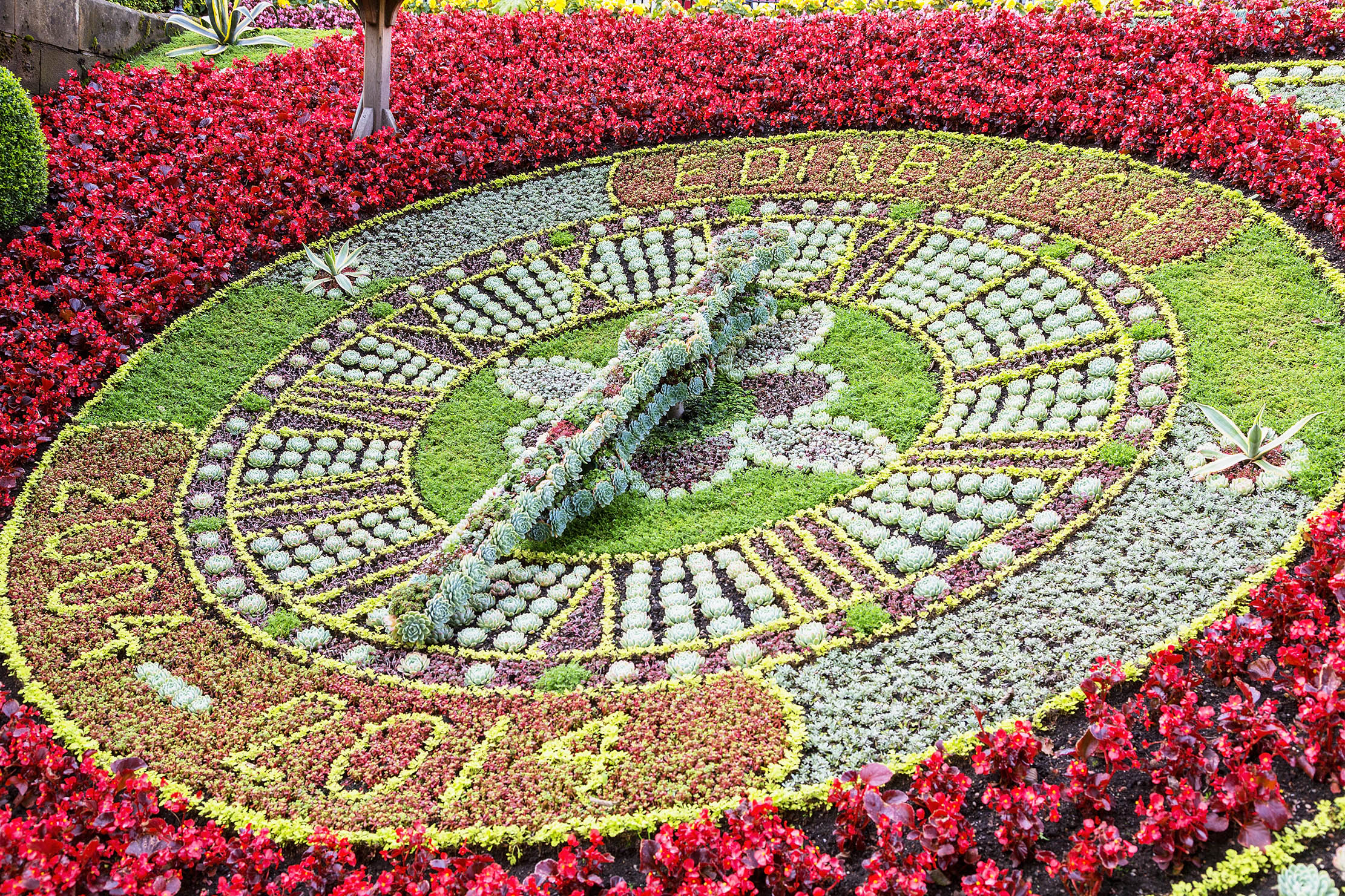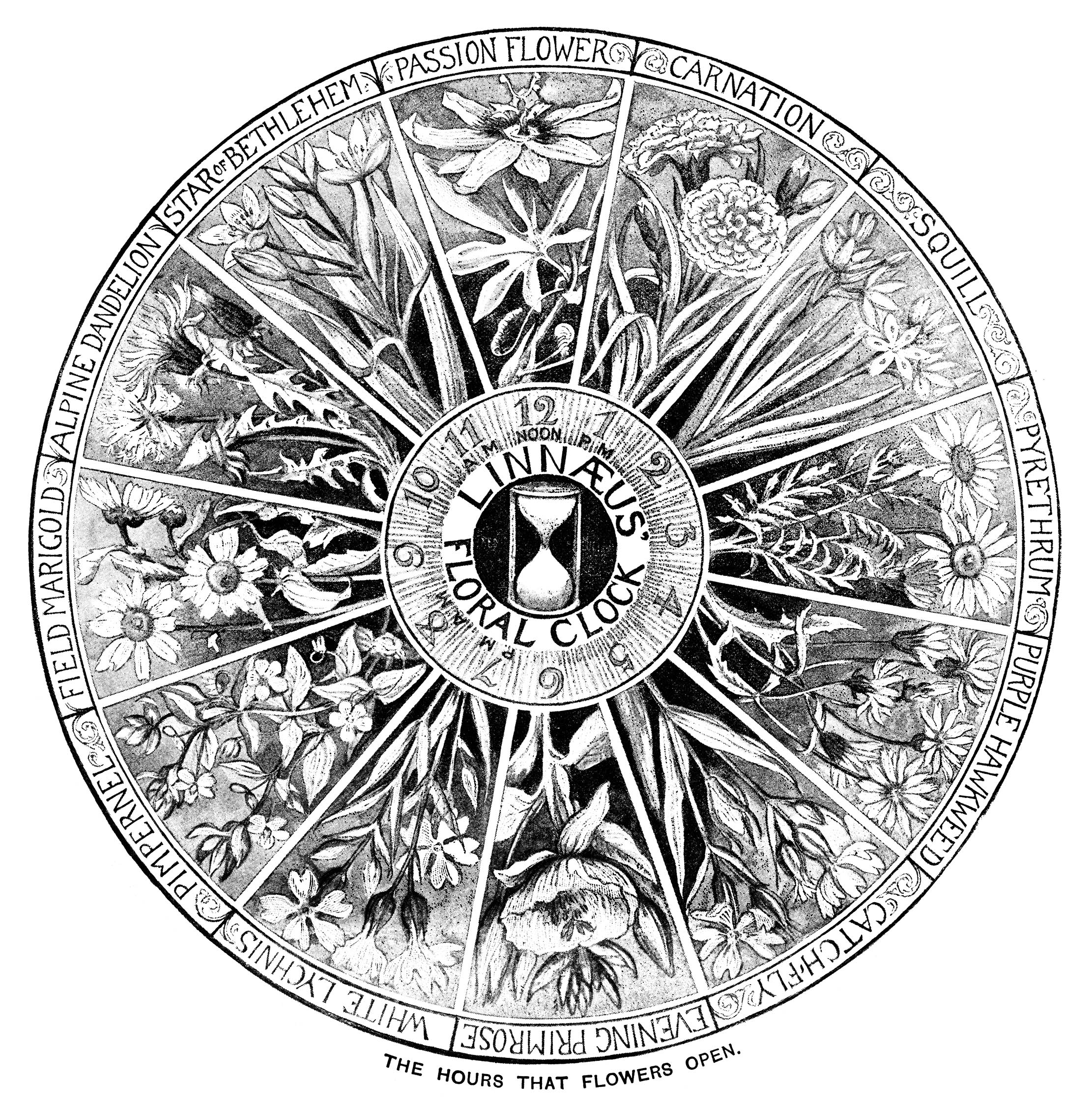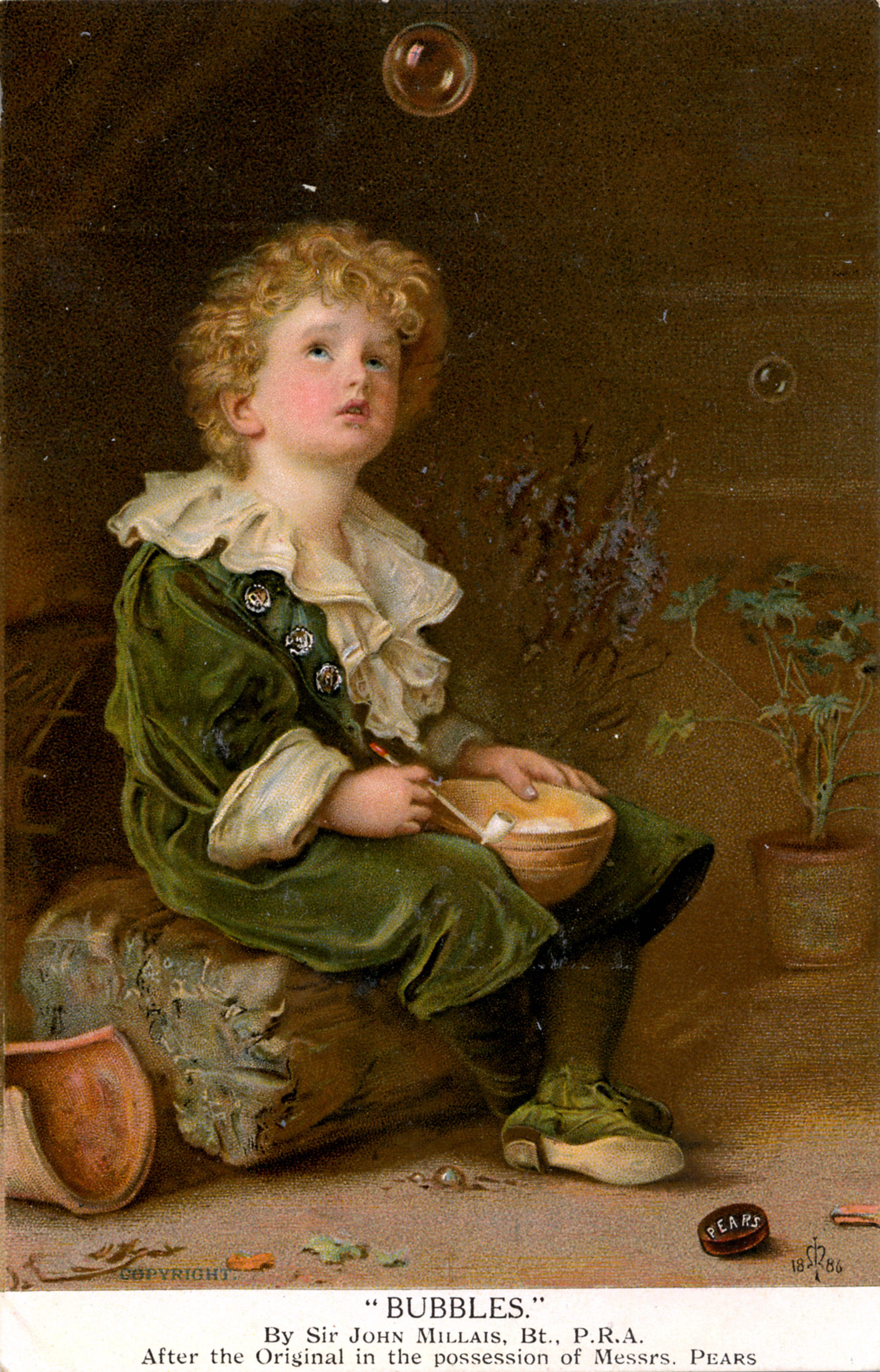Curious Questions: What is Linnaeus’s Flower Clock?
Martin Fone takes a look at one of the most ingenious uses of plants ever imagined by mankind: Linnaeus’s Flower Clock.


In the 4th century BC Androsthenes of Thasos, one of Alexander the Great’s admirals, noticed that the leaves of the tamarind tree drooped at night to protect its fruits. Francis Bacon, in Sylva sylvarum (1626), observed that some plants including marigolds, wartwort, and mallow ‘rejoice at the presence of the sun and mourn at the absence thereof’, while Shelley wrote ‘a Sensitive Plant in a garden grew/ and the young winds fed it with silver dew/ and it opened its fan-like leaves to the light/ and closed them beneath the kisses of night (The Sensitive Plant (1820)).
Carl von Linné, better known as Carl Linnaeus, was fascinated by the ability of some plants to open and close their leaves or petals at set times or in response to certain stimuli., After years of careful observations, he grouped these plants, in Philosophia Botanica (1751), into those which varied their opening and closing times in response to the weather (Meteorici) or the length of the day (Tropici) and those which had fixed times for opening and closing (Aequinoctales).
(Linnaean flower clocks, incidentally, are not to be confused with floral clocks, the first of which was laid out in 1892 in a small Jardin anglais adjoining the Trocadero Palace in Paris and consisted of twelve beds of plants, each containing a different species and colour, surrounding a mechanical clock. Britain’s first floral clock was installed in Edinburgh’s West Princes Street Gardens in 1903, but that is another story.)

That plants categorised by Linnaeus as Aequinoctales had some internal capacity to measure time took almost two centuries to establish. In 1729 French astronomer, Jean Jacques d’Ortous de Mairan, placed a Mimosa pudica, in a dark cellar and noticed that, despite not having access to sunlight, it still raised its leaves during the day and let them droop at night.
Duhamel du Monceau repeated the experiment in 1758 but with more rigour, eliminating the potential influence of light leakage and temperature on the plant’s behaviour, and concluded that ‘the movements of the sensitive plant are dependent upon neither the light nor the heat’. Augustus de Candolle went further, eliminating the influence of humidity and obtained the same results. He even found that by using artificial light to reverse day and night, after a few days of ‘confusion’, the plants altered their rhythms in response.
Svante Arrhenius, an astronomer, attributed the plants’ responses to the ‘psychological influence of atmospheric electricity’, caused by a mysterious cosmic force which he called Factor X. Charles Darwin argued in his Movement of Plants (1880) that the plant itself generated its circadian rhythms, the force and clarity of his arguments persuading the century’s most famous botanist, Wilhelm Pfeffer, to perform a volte face and accept the proposition. It was not until the early 20th century that Erwin Bunning thoroughly studied the circadian rhythms of plants and linked them to seasonality.

Although unconcerned as to why Aequinoctales plants behaved as they did, in 1748 Linnaeus began to consider whether this behaviour could be put to some practical use. If certain plants reliably opened and closed their flowers at particular times of the day, and if the times varied from species to species, it should be possible to tell the approximate time of the day simply by observing which species had opened or closed its flowers at the time. Planting them clockwise in the order in which they began flowering would produce a type of natural clock.
Exquisite houses, the beauty of Nature, and how to get the most from your life, straight to your inbox.
In his Philosophia Botanica Linnaeus listed forty-six examples of flowering plants that open at certain times of the day, using 43 of them, each arranged in time sequence from 3am to 8pm, to produce what he called his Horologium florae, or flower clock. The intervals at which each plant opens and closes was given in whole and half hours. Of the original forty-six flaxleaf pimpernel, purslane, and smooth golden fleece did not make the cut.
Linnaeus challenged his son, Carl the Younger, to bring the concept into reality. The Linnaean Society in London has an incomplete manuscript entitled Horologium plantarum, a thesis written by the young son in the late 1750s to be presented to Uppsala University. It tells of how from childhood he was instructed to pay close attention to the behaviour of plants and, as a thirteen-year-old in 1754, he was making observations for the flower clock. In 1756 P J Bergius, one of Linnaeus’ students, noted how ‘little Linnaeus’ was constantly in the garden, gathering information on plants to strengthen his case before subjecting it to the scrutiny of the University.
Sadly, though, there is no evidence that Linnaeus the Younger’s flower clock was ever built and his detailed observations on the opening and closing of flowers have not been found in his surviving papers.

Linnaeus was not the first to try to use plants to tell the time. In Magnes (1641) the polymath, Athanasius Kircher described constructing a sunflower clock, after noticing that the flower habitually followed the sun. It consisted of a sunflower plant placed in a cork pot floating in a tub of water with a needle stuck into its stem. As the sunflower followed the sun, the position of the needle would move and point to the relevant hour on the scale on the outside of the tub.
Fine in theory, less so in practice, Kircher lamenting that ‘a clock of this sort can barely last one month, even though cared for with the greatest effort; thus nothing is perfect in every respect’. Worse still, critics argued out that it was not the sun that turned the flower but a skilfully hidden magnet.
There were also some practical issues to overcome in constructing a Linnaean flower clock. It would only function for part of the year, the time it indicated would be broad brush at best, and many of the indicator plants that Linnaeus had so meticulously observed and selected were wildflowers from his native Sweden whose opening and closing times would be affected by climate and latitude.
On the other hand, since Linnaeus’ time many new species of plants have been discovered that exhibit the requisite characteristics, especially night-opening plants, and the mechanisms responsible for floral movements are better understood, giving a wider pool of Aequinoctales plants to draw from.
The creation of a Linnaean flower clock is a challenge some have found hard to resist. A recent exhibition of work by artists of the Russian Society of Amateurs of Botanical Illustration featured designs for a flower clock suitable for the growing conditions in the middle of Russia, using, amongst other plants, chicory, dandelion, rosehip, marigold, field clove, lilac, and potatoes. In 2015 the New York Times produced a template of plants suitable to produce a Linnaean flower clock in the States.
The Botanical Garden in Bern went one better, constructing a flower clock which was on display from May to September 2022. After extensively testing fifty-six species during the 2020 and 2021 growing seasons, capturing timelapse data every five minutes from five cameras over six months, the team selected plants suitable for the Bernese climate. As is the modern way, it was live streamed for the world to enjoy.

Credit: Getty Images
Curious Questions: Why do we say it with flowers?
Post-Valentine's Day, Martin Fone takes a look at the true meaning behind flowers, decoding what each individual bloom says about

Curious Questions: How does soap work?
We've been using soap for thousands of years, as Martin Fone finds out. But how does it actually work?

What's the difference between a labyrinth and a maze?
You may never have thought to ponder what distinguishes a labyrinth from a maze. But as Martin Fone explains, it's
After graduating in Classics from Trinity College Cambridge and a 38 year career in the financial services sector in the City of London, Martin Fone started blogging and writing on a freelance basis as he slipped into retirement. He has developed a fearless passion for investigating the quirks and oddities of life and discovering the answers to questions most of us never even think to ask. A voracious reader, a keen but distinctly amateur gardener, and a gin enthusiast, Martin lives with his wife in Surrey. He has written five books, the latest of which is More Curious Questions.
